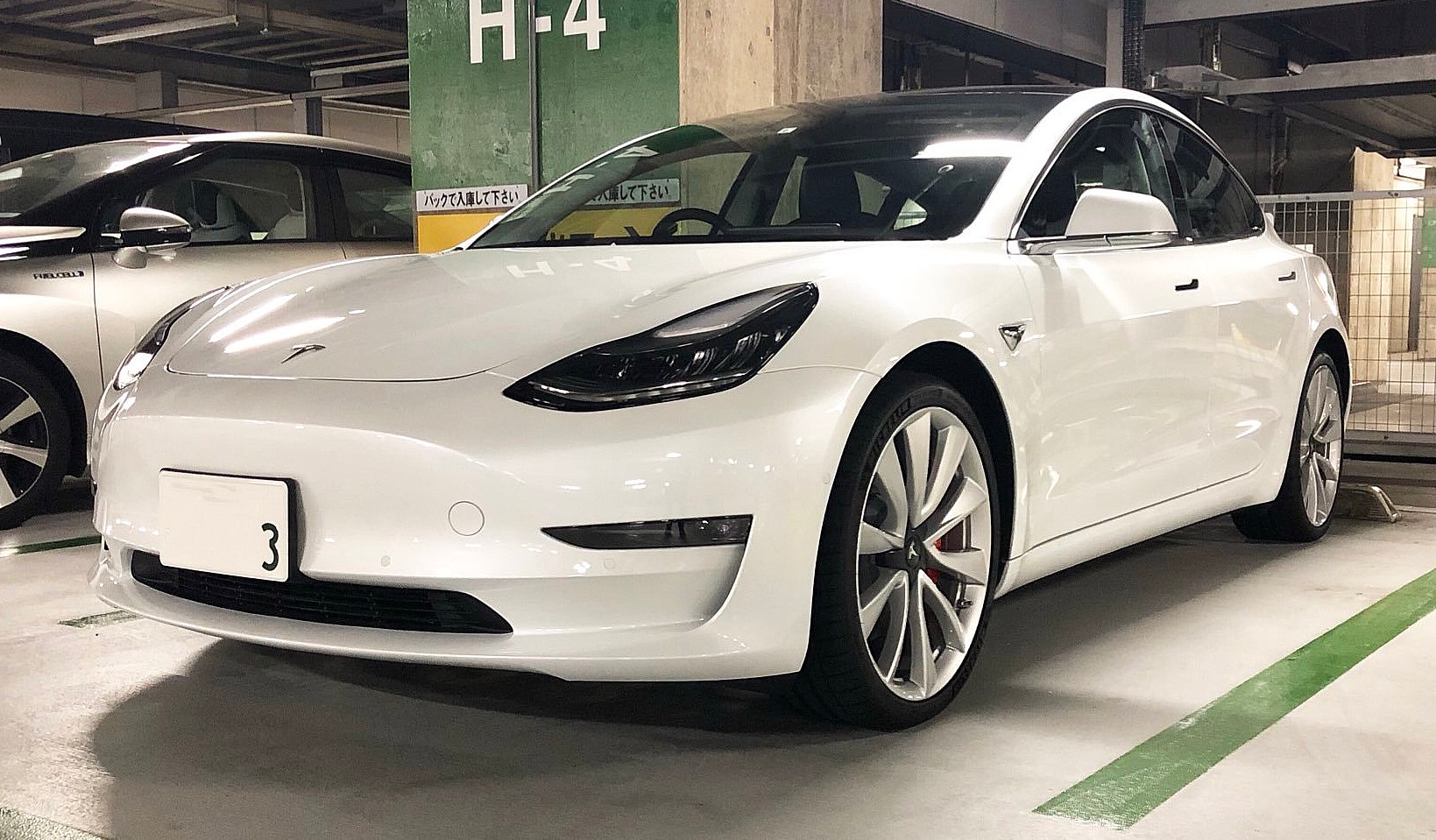
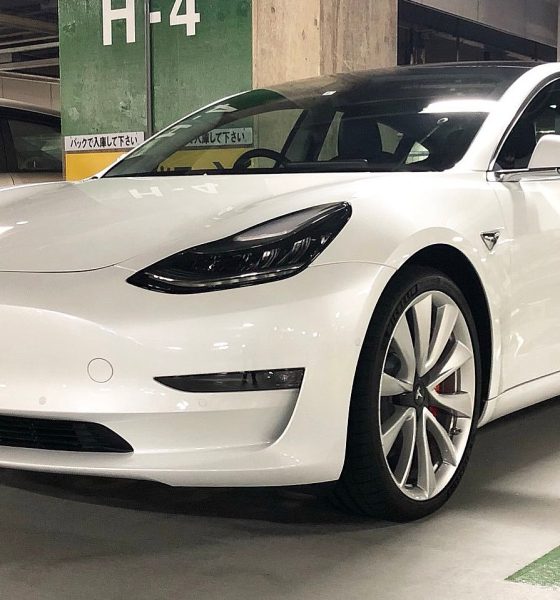
News
Tesla’s rise is unmasking Japan’s risk of being left behind
Tesla has been one of the automakers that have actually managed to thrive this year despite the pandemic. And as the electric car maker continues its rise, it is becoming pretty clear that legacy automakers who refuse to ride the transition to renewable transport risk getting left behind. This is the case even if the automaker in question is Toyota, the previous Number 1 carmaker by market cap.
Tesla only sells a fraction of the vehicles sold by Toyota every year, but the electric car maker has a market cap that is around $370 billion now. That’s roughly equivalent to the annual gross domestic product of Hong Kong, and it’s nowhere near reaching its full potential yet. TSLA bulls like Cathie Wood of ARK Invest note that Tesla’s Autopilot tech and data are pretty much ignored for now, and billionaire investor Ron Baron argues that Tesla Energy has as much potential as the company’s EV business.
Tesla is showing rapid growth across the globe, and this is no more evident than in China, a country that is currently home to the company’s first offshore Gigafactory in Shanghai. Thanks to this, as well as grassroots efforts that make Teslas widely supported by the Chinese government, the company is poised to reap benefits in the country. In Japan, however, things could not be more different. Tesla may have close ties with Japan thanks to its longtime battery partnership with Panasonic and its previous deal with Toyota, but today, the far east country’s mainstream vehicle market remains out of reach for the Silicon Valley-based maker.
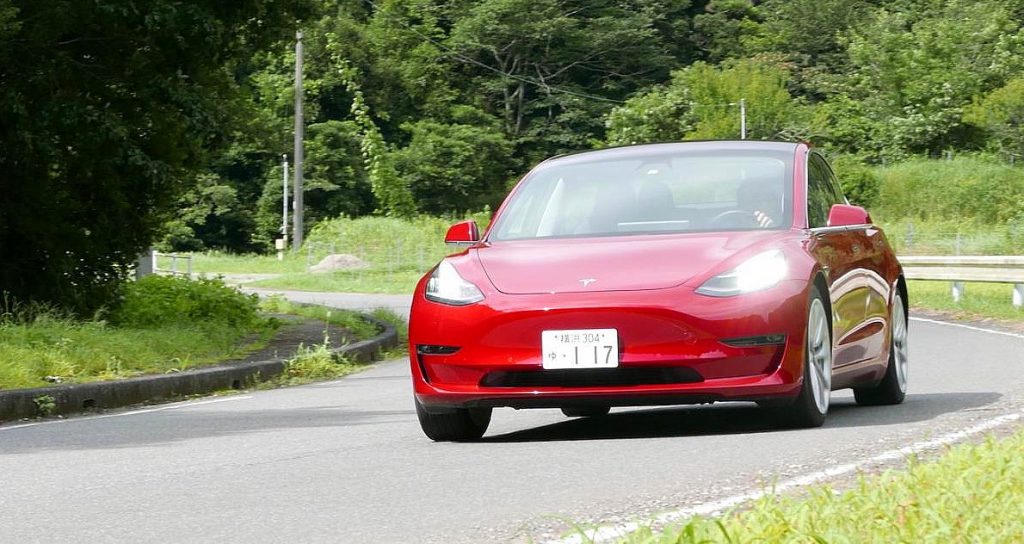
Despite this, William Pesek, an award-winning Tokyo-based journalist and author of “Japanization: What the World Can Learn from Japan’s Lost Decades,” argues that Tesla’s rise across the globe further highlights how Japan’s auto market is still stuck in first gear. In an article on the Nikkei Asian Review, Pesek noted that what Japan is so far missing in the Tesla picture is the fact that Elon Musk does not sell cars. While Japan is still busy focusing on hardware, Tesla is already exploring software, allowing Elon Musk to pretty much sell than iPhone on wheels. This ensures that Tesla is capable of embracing the next generation of motoring.
“What Toyota long missed about Musk is that he is not selling cars. He is selling an iPhone with wheels. The vehicle itself is merely a medium to market the software undergirding the iTunes-like community that he is building. The data Tesla collects from users, their environs, interests, tendencies, travel habits and the range of behaviors will arguably be more valuable than the engines and high-performance batteries powering them. This enables Tesla to hone the customer experience, while discerning where the market will veer next,” Pesek wrote.
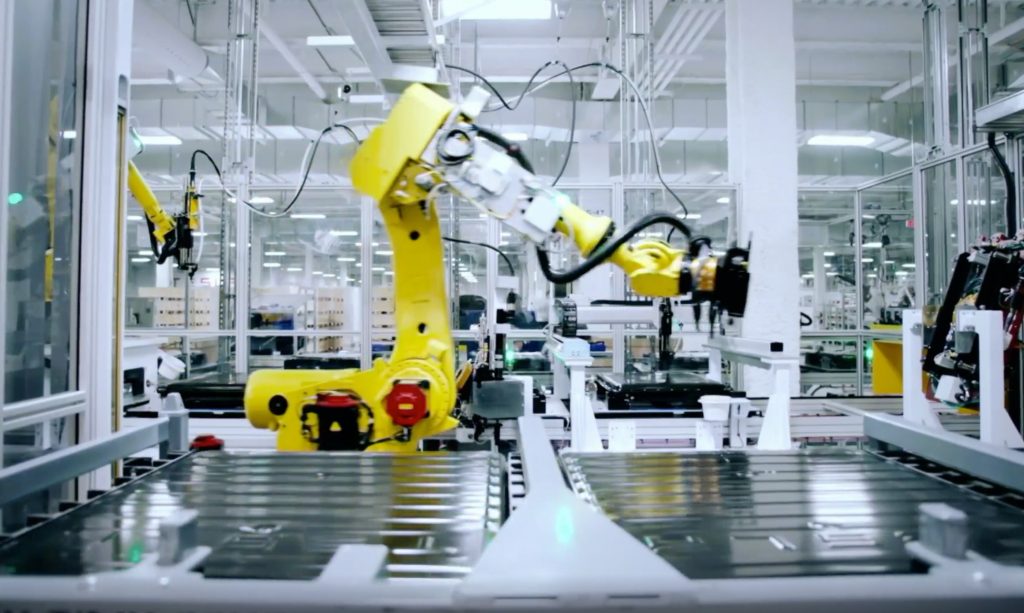
Perhaps what Japan really needs right now is to embrace the fact that sometimes, disruption is a necessary evil during times of transition. Strictly speaking, legacy automakers like Toyota should have no problem catching up to Tesla by, say 2025, due to their massive talent pool and resources. This does not seem to be case, however, as carmakers like Toyota have a tendency to focus more on legacy than innovation. Toyota has refined its car making processes through decades of refinements, and its global supply chain helps create millions of jobs. This, while noble in a way, is a weight that a company like Tesla simply does not have.
Tesla moves fast, fails fast, and innovates fast. The company’s vertical integration allows it to implement changes and improvements as soon as they are ready. Granted, automakers like Toyota could not adopt such changes overnight, but efforts must be done to increase innovation. This is something that Japanese companies are capable of doing, as seen in the continued efforts of Panasonic’s and its longtime battery partnership with Tesla in Gigafactory Nevada. Perhaps companies like Toyota, Nissan, Honda, and the other premier Japanese carmakers could do the same.
For now, it appears that Elon Musk has already won. So great is the gap in the electric vehicle market that newcomers like Lucid Motors and Rivian Automotive seem to have a better chance at catching Tesla than legacy carmakers. But amidst this threat of being permanently left behind, veterans in the auto market could also see this time as an opportunity to change and raise their electric vehicle game. If there’s anything that Tesla’s rise shows, after all, it is that renewable solutions are the new standard, and they are here to stay.

News
Tesla extends FSD Supervised ride-alongs in Europe by three months
Needless to say, it does appear that FSD fever is starting to catch in Europe.

Tesla appears to be doubling down on its European Full Self-Driving (Supervised) push, with the company extending its demo ride-along program by three months until the end of March 2026. The update seems to have been implemented due to overwhelming demand.
Needless to say, it does appear that FSD fever is starting to catch in Europe.
Extended FSD demonstrations
Tesla EU Policy and Business Development Manager Ivan Komušanac shared on LinkedIn that the company is offering ride-along experiences in Germany, France and Italy while working toward FSD (Supervised) approval in Europe.
He noted that this provides a great feedback opportunity from the general public, encouraging participants to record and share their experiences. For those unable to book in December, Komušanac teased more slots as “Christmas presents.”
Tesla watcher Sawyer Merritt highlighted the extension on X, stating that dates now run from December 1, 2025, to March 31, 2026, in multiple cities including Stuttgart-Weinstadt, Frankfurt and Düsseldorf in Germany. This suggests that the FSD ride-along program in Europe has officially been extended until the end of the first quarter of 2026.
Building momentum for European approval
Replies to Merritt’s posts buzzed with excitement, with users like @AuzyMale noting that Cologne and Düsseldorf are already fully booked. This sentiment was echoed by numerous other Tesla enthusiasts on social media. Calls for the program’s expansion to other European territories have also started gaining steam, with some X users suggesting Switzerland and Finland as the next locations for FSD ride-alongs.
Ultimately, the Tesla EU Policy and Business Development Manager’s post aligns with the company’s broader FSD efforts in Europe. As per recent reports, Tesla recently demonstrated FSD’s capabilities for Rome officials. Reporters from media outlets in France and Germany have also published positive reviews of FSD’s capabilities on real-world roads.
News
Tesla’s six-seat extended wheelbase Model Y L sold out for January 2026
Estimated delivery dates for new Tesla Model Y L orders now extend all the way into February 2026.
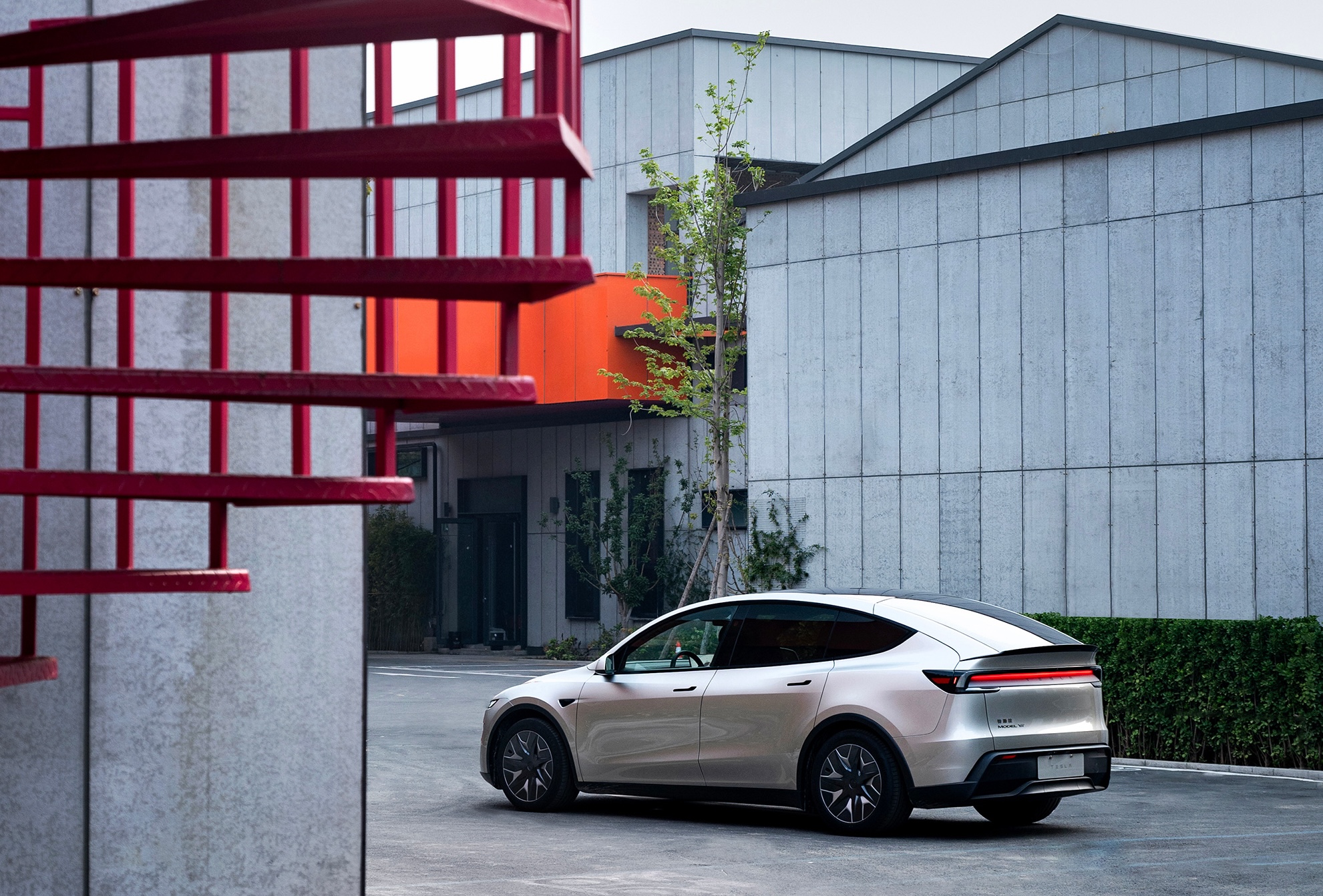
The Tesla Model Y L seems to be in high demand in China, with estimated delivery dates for new orders now extending all the way into February 2026.
This suggests that the Model Y L has been officially sold out from the rest of 2025 to January 2026.
Model Y L estimated delivery dates
The Model Y L’s updated delivery dates mark an extension from the vehicle’s previous 4-8 week estimated wait time. A detailed chart shared by Tesla data tracker @Tslachan on X shows the progressions of the Model Y L’s estimated delivery dates since its launch earlier this year.
Following its launch in September, the vehicle was given an initial October 2025 estimated delivery date. The wait times for the vehicle were continually updated over the years, until the middle of November, when the Model Y L had an estimated delivery date of 4-8 weeks. This remained until now, when Tesla China simply listed February 2026 as the estimated delivery date for new Model Y L orders.
Model Y demand in China
Tesla Model Y demand in China seems to be very healthy, even beyond the Model Y L. New delivery dates show the company has already sold out its allocation of the all-electric crossover for 2025. The Model Y has been the most popular vehicle in the world in both of the last two years, outpacing incredibly popular vehicles like the Toyota RAV4. In China, the EV market is substantially more saturated, with more competitors than in any other market.
Tesla has been particularly kind to the Chinese market, as it has launched trim levels for the Model Y in the country that are not available anywhere else, such as the Model Y L. Demand has been strong for the Model Y in China, with the vehicle ranking among the country’s top 5 New Energy Vehicles. Interestingly enough, vehicles that beat the Model Y in volume like the BYD Seagull are notably more affordable. Compared to vehicles that are comparably priced, the Model Y remains a strong seller in China.
Elon Musk
NVIDIA CEO Jensen Huang commends Tesla’s Elon Musk for early belief
“And when I announced DGX-1, nobody in the world wanted it. I had no purchase orders, not one. Nobody wanted to buy it. Nobody wanted to be part of it, except for Elon.”
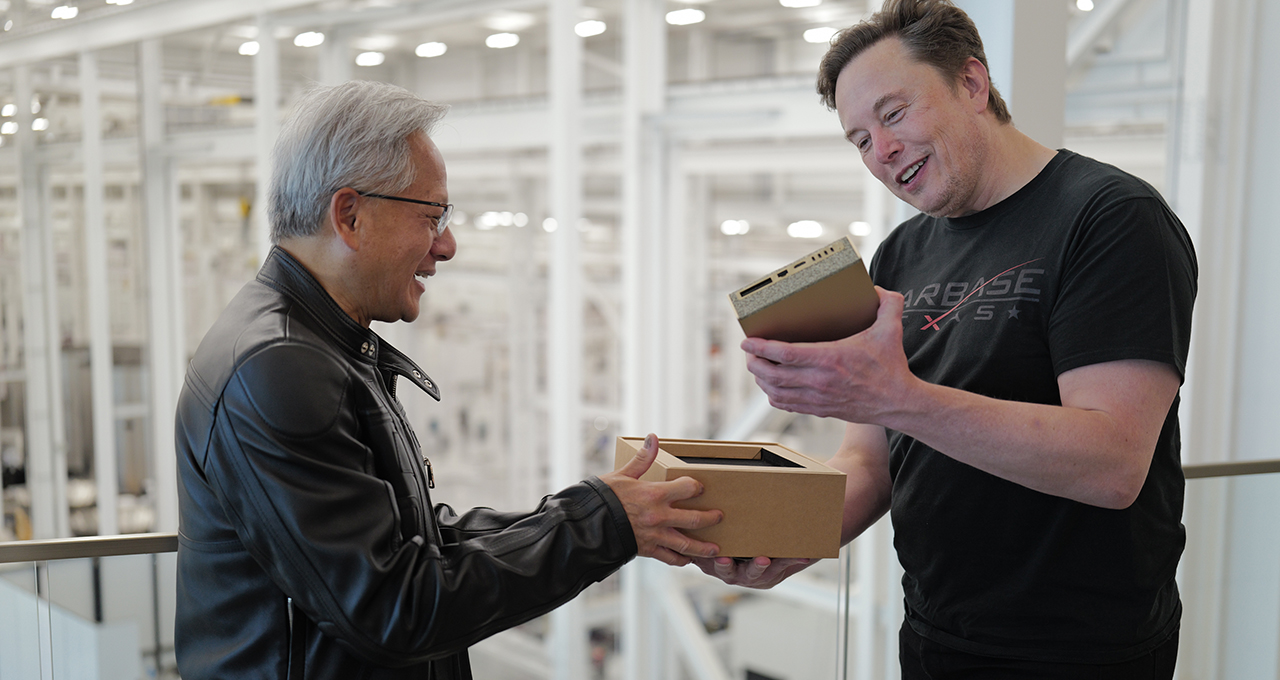
NVIDIA CEO Jensen Huang appeared on the Joe Rogan Experience podcast on Wednesday and commended Tesla CEO Elon Musk for his early belief in what is now the most valuable company in the world.
Huang and Musk are widely regarded as two of the greatest tech entrepreneurs of the modern era, with the two working in conjunction as NVIDIA’s chips are present in Tesla vehicles, particularly utilized for self-driving technology and data collection.
Nvidia CEO Jensen Huang regrets not investing more in Elon Musk’s xAI
Both CEOs defied all odds and created companies from virtually nothing. Musk joined Tesla in the early 2000s before the company had even established any plans to build a vehicle. Jensen created NVIDIA in the booth of a Denny’s restaurant, which has been memorialized with a plaque.
On the JRE episode, Rogan asked about Jensen’s relationship with Elon, to which the NVIDIA CEO said that Musk was there when nobody else was:
“I was lucky because I had known Elon Musk, and I helped him build the first computer for Model 3, the Model S, and when he wanted to start working on an autonomous vehicle. I helped him build the computer that went into the Model S AV system, his full self-driving system. We were basically the FSD computer version 1, and so we were already working together.
And when I announced DGX-1, nobody in the world wanted it. I had no purchase orders, not one. Nobody wanted to buy it. Nobody wanted to be part of it, except for Elon.
He goes ‘You know what, I have a company that could really use this.’ I said, Wow, my first customer. And he goes, it’s an AI company, and it’s a nonprofit and and we could really use one of these supercomputers. I boxed one up, I drove it up to San Francisco, and I delivered it to the Elon in 2016.”
The first DGX-1 AI supercomputer was delivered personally to Musk when he was with OpenAI, which provided crucial early compute power for AI research, accelerating breakthroughs in machine learning that underpin modern tools like ChatGPT.
Tesla’s Nvidia purchases could reach $4 billion this year: Musk
The long-term alliance between NVIDIA and Tesla has driven over $2 trillion in the company’s market value since 2016.








